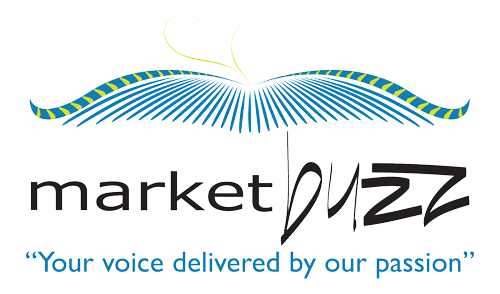During the recent ST Developer Conference in Santa Clara, NeuroMem® Technologies, a General Vision® Inc. company, launched NeoCurie: a product line based on “Mobile AI”, to enable visionaries to invent new applications easily. The first of this family of products is NeuroTile, bringing a supercharged “Mobile Artificial Intelligence” module for wearable, robotics (drones, arms, vehicles), with Arduino IDE code and pinout compatible with TinyTile (Curie module).
NeuroTile combines a low-power microcontroller from ST (STM32), an FPGA from Lattice and a neuromorphic chip NM500 from NeuroMem/Nepes on a stamp size module (35 x 26 mm / 1.4 x 1 inch). An extra STM32 provides more software capabilities and Bluetooth on low-energy. NeuroTile uses the powerful pattern recognition and training capability from NeuroMem® technology, a disruptive AI technology on silicon that allows learning and recognizing pattern in real-time with low-power consumption.
“We are very excited to share our new technology,” said Pierre Brunswick, Chairman of NeuroMem® Technologies. “For the first time, developers can use our disruptive AI technology combined with multiple sensors to create breakthrough applications easily and in very short time. This goes beyond software based, deep learning and creates learning capabilities for AI hardware that will learn as its applications dictate.”
“NeuroMem Technologies announcement of the NeuroTile demonstrates the creativity and innovation that is possible when building upon the ST IoT Ecosystem using STM32 microcontrollers, ST Sensing and ST Connectivity,” said Tony Keirouz, VP of IoT Strategy, Ecosystem & Partnerships, STMicroelectronics. “We are pleased NeuroMem Technologies chose the ST Developer Conference to demonstrate this innovation giving leading industry experts and influencers a chance to learn about their new family of AI modules.”
Neuromorphic NM500 chip features:
- 576 neurons, each one holding up to 256 bytes learned or loaded pattern signature
- Neither data, nor instructions displacement providing unmatched power efficiency
- Equivalent to 85 Giga Operations/second @ 37 MHz and 120 MW
- Real-time learning capability
- Novelty detection and high-performance clustering (unsupervised) capability
- Constant learning and recognition time (8 µs) regardless of network size
- Expansion bus for additional neuromorphic chips (NM500 or CM1K)
A few applications examples:Consumers, wearable, health monitoring, smart home, alarm, indeed all applications requiring sensors with the need of easy and fast pattern learning and pattern recognition.



